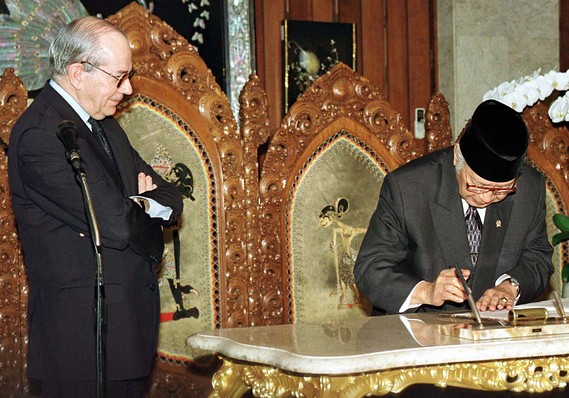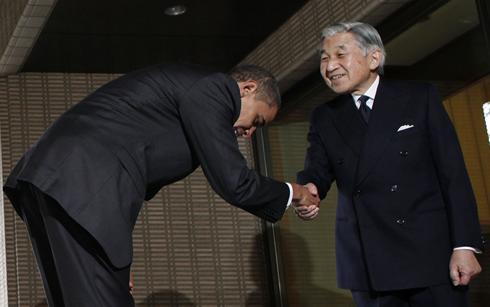As Australia is a “multicultural” society we tend to take for granted that we know about other cultures and are sensitive to their circumstances. We have a sureness that we treat other nationalities fairly and respectfully. Even more so perhaps, when we are are international experts who are required in our roles as dispute resolvers to communicate with clarity and project understanding. But then we all make mistakes.
At an arbitration in Australia recently, an Asian investor in Australian resources quietly retrieved his business card that he had “presented” to his Australian counterpart. After the arbitration had concluded, the Asian investor noted his card had been left behind on the table when the Australian had left. Although the participants at this arbitration may never meet again, they might well do so. What attitude will this Asian businessman and investor in Australian development take away from this arbitration? And what was the Australian manger thinking? Was he just culturally unaware of the significance of being presented with someones name card or was he wishing to show disrespect? Whatever the reason, that cultural slight and insensitivity will set the tone for their future relationship.
 This photo of International Monetary Fund Managing Director Michel Camdessus was taken when he flew in from Washington to sign a new loan agreement at President Suharto’s residence on January 15, 1998. As Camdessus tells it, he was surprised to find only one chair at the podium in the glassed-in visitor’s parlor reserved for Suharto, so he had to stand.
This photo of International Monetary Fund Managing Director Michel Camdessus was taken when he flew in from Washington to sign a new loan agreement at President Suharto’s residence on January 15, 1998. As Camdessus tells it, he was surprised to find only one chair at the podium in the glassed-in visitor’s parlor reserved for Suharto, so he had to stand.
As the cameras flashed and Suharto signed, Camdessus stood over the President, his arms folded across his chest like a reproving schoolmaster. It was a public-relations disaster. The clear impression in Indonesia, was that their President had been coerced into signing his acceptance of the latest list of 50 IMF demands. It was an insult both to the national pride and to President Suharto personally.
 Photos of USA President Barack Obama’s low bow befitting a person of subservient status to Japan’s emperor incensed Americans who felt that their leader should stand tall when representing America overseas.
Photos of USA President Barack Obama’s low bow befitting a person of subservient status to Japan’s emperor incensed Americans who felt that their leader should stand tall when representing America overseas.
President Obama was branded the ‘Groveller-in-Chief’ for giving an exaggerated bow to emperor Akihito – the son of the Japanese ruler emperor Hirohito who authorised the 1941 attack on Pearl Harbour.
Wartime scars are still raw for many Americans as is what they perceive to be the loss of their status as a world power. The President’s bow may have met with Japanese protocol but communicated a powerful message of the powerlessness of their President to many.
None of the international experts at ACICA (the Australian Centre for International Commercial Arbitratrion) noticed anything wrong with publishing this photo in their own March 2013 Newsletter, which was prominently displayed on the ACICA website. Clearly it is an error and the photo has been reversed in the printing but it is more amazing that none of their culturally sensitive international experts noticed.
One can only hope they have not sent a copy to the President of the Committee for Conciliation and Arbitration and Board Member of the Qatar Chamber, his Excellency Abdulrahman Abduljaleel Abdulghani. Shaking hands with the left hand is widely regarded as an insult for Muslims who traditionally use the left hand for personal hygiene.


 Derek Minus is a barrister and mediator of over 20 years experience. An earlier adopter of mediation as a dispute resolution process he is active in resolving disputes in all types of matters through a transformative process. He is a Nationally Accredited mediator, a member of the NSW Bar Association panels for mediators to the Supreme and District Courts and assessed as an advanced mediator by the Victorian Bar.
Derek Minus is a barrister and mediator of over 20 years experience. An earlier adopter of mediation as a dispute resolution process he is active in resolving disputes in all types of matters through a transformative process. He is a Nationally Accredited mediator, a member of the NSW Bar Association panels for mediators to the Supreme and District Courts and assessed as an advanced mediator by the Victorian Bar.